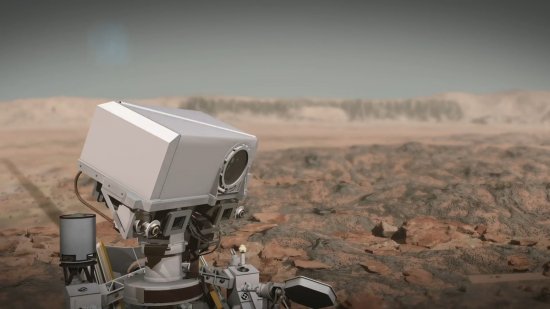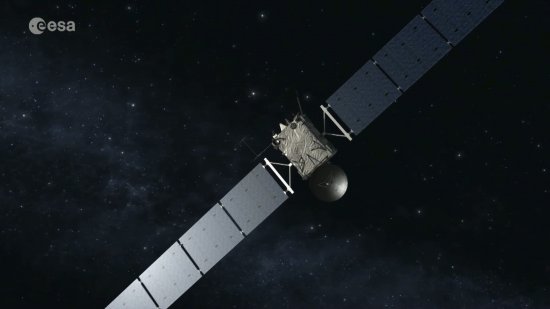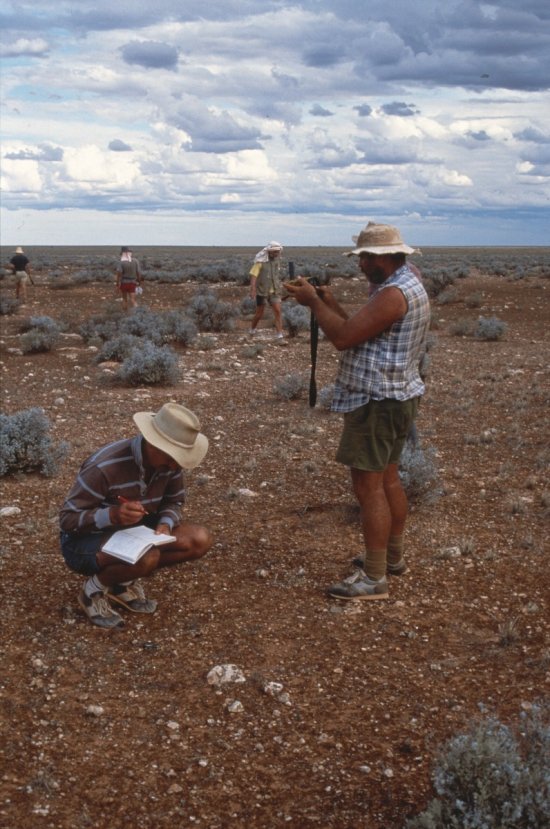
Institut d'astrophysique spatiale (IAS)
ORSAY CEDEX
Astrophysics research at the IAS covers a broad field from the physics of our Sun to the physics of galaxies and cosmology, including the study of the formation and evolution of planets in the solar system and other planetary systems (exoplanets), extraterrestrial matter, interstellar gas and dust. The IAS is also at the forefront of space instrumentation and software development in data analysis.
























